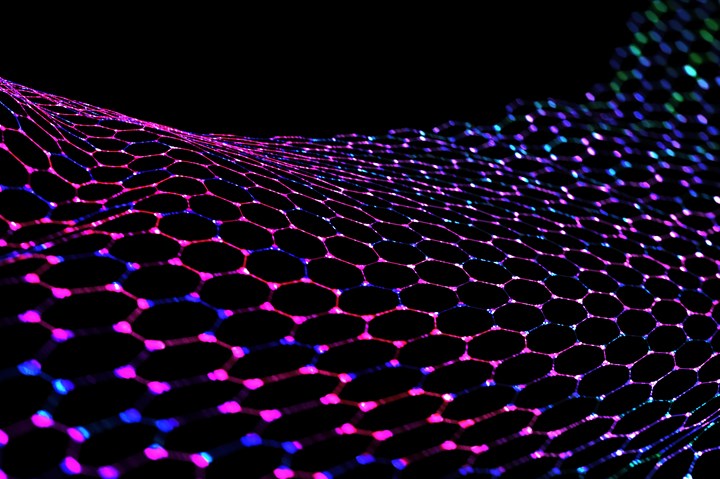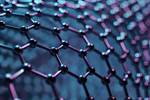Grafen AB introduces graphene-coated textiles
The G-Heatex series uses graphene flakes to entirely impregnate textiles for uniform electrical resistance properties. It is available for a range of textile substrate types.

Photo Credit: Getty Images
Grafren AB (Linköping, Sweden) has introduced G-Heatex, a series of graphene-coated textiles, which reportedly supply powerful and uniform heat while remaining soft, flexible, breathable and ultra-lightweight.
Grafren AB has recently patented two innovations, which are now covering its full production cycle. The company now has the technology for separating high-quality graphene flakes from any grade of incoming material. The access to the high-quality graphene will enable the company to work on graphene textiles.
“We invented the method to incorporate [the] smallest flakes of graphene inside of the fabric on the nanoscale level,” says Grafren’s Technical Director, Dr. Mike Zhyback. Graphene nanoparticles — or flakes — are entirely impregnated inside the fabric and coating layer by layer in every individual textile fiber. Because of the high electrical conductivity of graphene, attached flakes create a “conductive skin” on every fiber, which makes the entire fabric electrically active. Graphene can be coated on diverse textile substrates and the electrical resistance can be tailored depending on the application requirements.
Graphene textiles are said to have applications in defense, aerospace, healthcare, mobility and automotive due to the number of functions it possesses. Grafren says it is currently focused on the heating function of the fabric, as well as creating fully textile electrical heating elements to deliver uniform, homogeneous heat. The company claims that this is the only solution of its kind on the market.
Related Content
-
HydroGraph collaboration to demonstrate pristine graphene’s support of synthetic fiber materials
Technical partnership with large global synthetic fiber manufacturer will evaluate the impact of HydroGraph’s graphene on critical fiber performance attributes.
-
Wichita State researchers build composites strength, functionality with helical CNTs
Patent-pending chemically functionalizing helical carbon nanotubes (HCNTs) produce scalable nanocomposites that reduce weak interlaminar bonding, improve bonding, support repair and healing and more.
-
Lyten launches motorsports venture to bring 3D printed carbon fiber parts to automotive racing
Opening of Lyten Motorsport will bring its 3D Graphene supermaterials platform to Indianapolis, where it will develop parts for a broad range of U.S. and international racing series.



